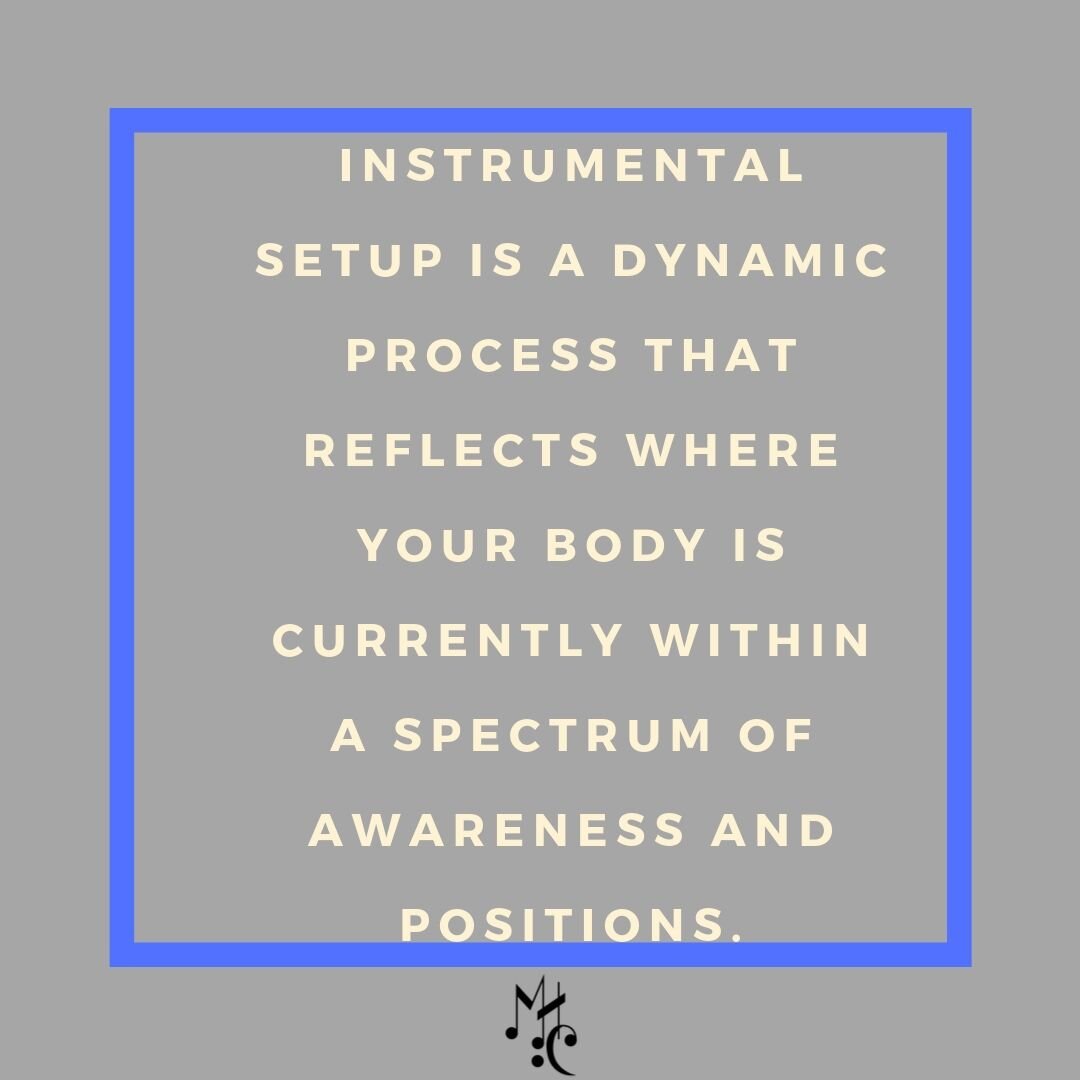The Great Setup Search for Violinists and Violists: Part 1
If you’re a violinist or violist, chances are that at some point in your musical life, you have embarked on a journey to find the “perfect” setup, whether that was with the guidance of a teacher or through your own means. When I was solely a violinist, I don’t remember ever questioning my setup, whether it’s because I was young, because the violin is smaller, or because my body had not really equated music performance with pain yet. Yet, when I started playing both viola and violin in college, I started the search in earnest, looking for a way to be as comfortable playing the viola as I was theoretically playing the violin.
Before we get started looking at setup specifically, let’s look at a comparison of violin and viola sizes.
“Violins, ready to play with chin rest, weigh from under 400 grams. very occasionally, to over 500 grams…Viola weights show a large spread (511-731 g), depending on body size and fittings.” - John Waddle Violins
In terms of length, violins are roughly 14'‘ in length, whereas violas run from about 15.5”-17.5” (or more), and are usually wider in body, with a heavier bow. This is also somewhat common sense, but also explains why my search for the perfect setup led me to question the Kun shoulder rest I played on for 10 years in my youth when I started to experience shoulder pain for the first time in my life.
As a movement teacher and anatomy nerd, I’ve been asked more frequently in the last few years to make observations about setup, for both professionals and students. Let’s look at some of my observations about working with folks on their setup, as well as working on my own setup.
The body is constantly processing movement input, and in turn adapting and remodeling in both soft tissue and bone. Your body is constantly adapting in response to the input you provide it.
Setup is a dynamic process that reflects where your body is currently within a spectrum of awareness and positions. It’s not something you set and forget for 20 years (most likely).
Your setup is allowed to change as your body shape, strength, posture and playing frequency changes.
Your viola setup will need to take into account your individual neck length (cervical spine), the slope of your shoulders/collarbones, the weight of your instrument, where you prefer to position it, your jaw shape, and more.
Any pre-existing structural issue will also impact the comfort level of our setup, .i.e. if you have a past shoulder injury, you may hold the instrument differently. If you’re a new mother, constantly feeding and carrying for a newborn, your upper body may be wildly different than it was before, and you may need a new setup.
If you’re looking to improve your posture, sound, or awareness, a new shoulder rest or chin rest will not single handedly address all of your issues. We need movement practices that can help develop awareness of the upper body to help support the mechanical changes you are aiming to change.
The nervous system is really important when looking at change, whether it’s postural or performance based. Our ability to change our body position, our posture, and our movement choices are all impacted by our nervous system’s ability to accept change. (Wait, what? Yes, this is a whole other conversation to delve into for another day, but just keep that in mind)
In addition to the body based concerns around setup, we also have to take into account acoustics, weight, and how it affects the sound of the instrument.
Any small change to setup may take a few days to process and understand in the body- things may feel awkward at first, but may settle in a few days. Rather than making a dramatic change in setup right away, gradual small changes like gradually raising the shoulder rest over time with sponges may be more advantageous.
Changing the shoulder rest height and shape will alter where the instrument rests in relation to the body; changing the chin rest will alter where the jaw and thus the head rests on the instrument.
If someone comes to me for a setup adjustment, I will most likely walk them through some movements once I’ve seen them play to see if I can change their awareness, range of motion, and connection to their body first, before I change their setup entirely. I also go through basic shoulder and spine anatomy, and take photos or videos so folks can see (and hear) the differences in different positions If someone starts to develop more awareness of their shoulders and spine before their change things, they can have a more active role in finding the best setup. If someone is fundamentally disconnected from their body, subtle setup changes may not result in long term adaptation because the individual won’t know why or how changes are being made. In my next blogs, we’ll look at some of the other considerations of instrument setup, basics of anatomy, and challenges in finding the “goldilocks” setup for each individual.


